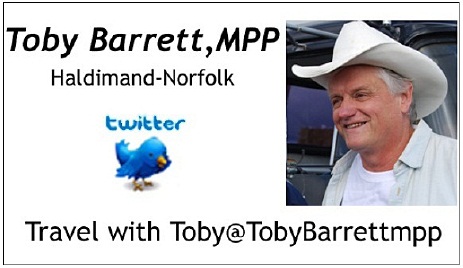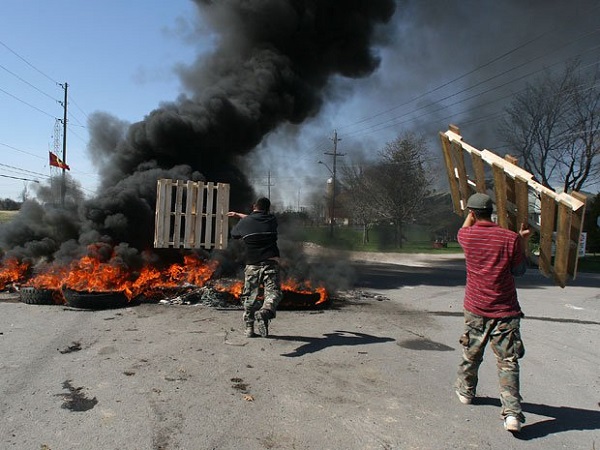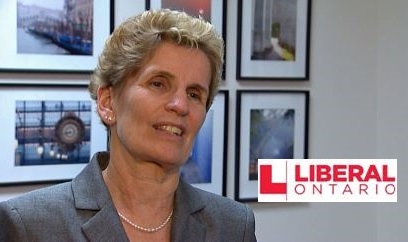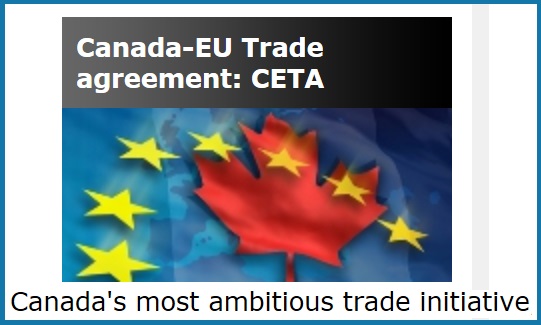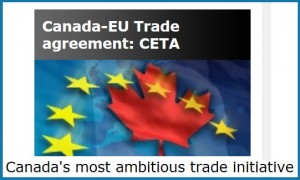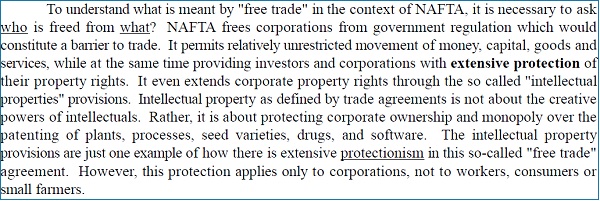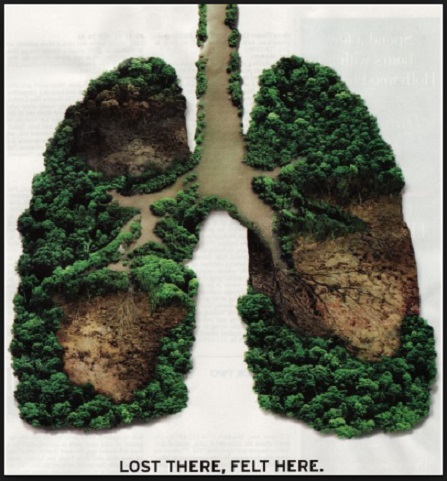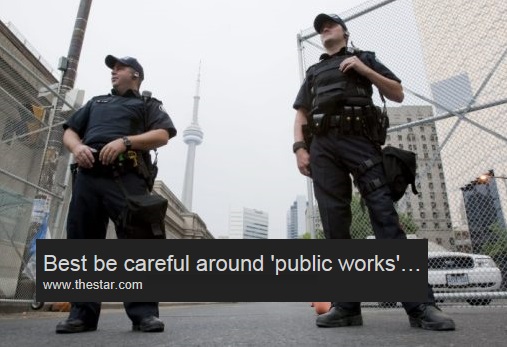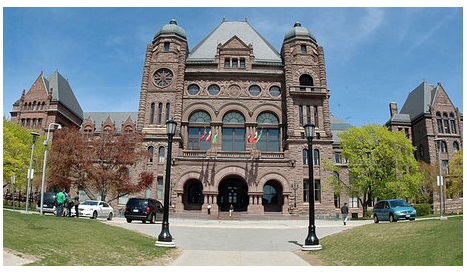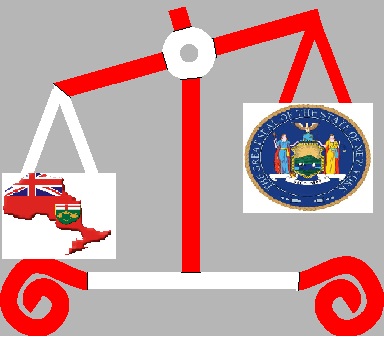
Eight years ago at Queen’s Park, the Cross-Border Institute (CBI), part of the University of Windsor, hosted an event to demonstrate advances in security, surveillance and fingerprinting technology. That technology had immediate application for border crossing screening, supply chain security and cybersecurity.
The CBI hosted the event as part of its mandate to support ongoing, practical research aimed at addressing numerous cross-border issues with the United States. The CBI works in collaboration with a number of University of Windsor departments, private sector partners and organizations and all levels of government, looking at making land border crossings work better. The technologies demonstrated represented a number of research projects and initiatives currently being conducted at the University of Windsor as part of its strategic focus related to understanding borders. These projects and activities were also supported by the Department of Research and Innovation at the University of Windsor.
Queen’s Park staff and members had a first-hand opportunity to see the work of Dr. Roman Maev’s high-speed biometrics ultrasonic system for 3-D fingerprint imaging. This system allows reconstruction of fingerprint patterns from deeper layers of skin while embedding the internal parameters of these deeper layers as key features of the fingerprints. Also on display was Dr. Sazzadur Chowdhury’s 77GHz short range radar. At the time- the smallest and thinnest in the world and economical enough to be carried by an individual for mobile motion detection or used in multiples in such large surveillance application as airports. Cue the Aliens movie soundtrack. Both Drs. Maev and Chowdhury are members of the University of Windsor Faculty.
The University of Windsor has developed an area of expertise in technologies that can detect threats and violations, provide positive identification and secure the transfer of data. The projects all have practical security applications and are at or approaching the commercialization stage. All of these projects have received support from the Federal Development Corporation for Southern Ontario (FedDev Ontario) Prosperity Initiative Project 802390, which is administered by the Cross-Border Institute at the University of Windsor.
Quick Facts: The Cross-Border Institute at the University of Windsor was founded in 2008 under the direction of Dr. Bill Anderson. The Centre approaches the study of border issues from a multi-disciplinary perspective that includes economic development, geography, engineering, management science and political science. The CBI has focused on initiatives, events and research that address ongoing challenges at land crossings between Canada and the United States. The CBI, as part of the University of Windsor, looks at the impact of trends in cross-border transportation and the impact of policy decisions by governments on both sides of the border. Currently, the CBI is working to launch Canada’s first university level certificate program in border management, Managing Borders and International Trade.
Technology Quick Facts:
Short Range Radar for Surveillance Applications – UWindsor engineering professor Dr. Chowdhury has developed the world’s smallest and thinnest short-range radar unit. Because it is inexpensive to build and completely weatherproof it can be used effectively in a variety of applications for motion detection, ranging from individual units attached to a soldiers uniform to arrays of units for border and perimeter surveillance.
High Speed Biometrics Ultrasonic System for 3D Fingerprint Imaging – World-renowned UWindsor physicist Dr. Maev has taken a new approach to fingerprinting using acoustic microscopy technology. This device generates far more detailed information from fingerprint images below the skin level, making it more accurate than conventional technologies, yet it is fast and practical.
Real Time Location System for Security and Indoor Location – Based on the novel indoor positioning method developed by Dr. Majid Ahmadi and Dr. Rashid Rashidzadeh at the University of Windsor, this system will identify, locate and track people in indoor environments. Its positioning algorithm takes advantage of various sensors on smartphones to improve positioning accuracy.
Automated Vehicle Identification – Cameras that can read license plate information are increasingly common. University of Windsor computer scientists Dr. Imran Ahmad and Dr. Boubakeur Boufama have taken this technology several steps farther, allowing the shape and colour of a car to be extracted from video feeds and stored in a database. This technology will be tested in the University of Windsor’s new parking structure in the Spring of 2015.
Data Encryption Using Graphical Processing Units (GPUs) – Data encryption is an increasingly important function that normally requires the use of expensive add-on cards known as crypto-accelerators. UWindsor researcher, Dr. Roberto Muscedere has developed algorithms that make it possible to achieve the same kind of encryption using much cheaper GPU units typically found in laptop computers and game consoles.
Secure vehicle-to-vehicle (v2v) communications – Advanced vehicular communications technology has enabled such life-saving features as collision warning, collision avoidance and emergency vehicle signaling. However these systems may be vulnerable to cyber-attacks that threaten the privacy and safety of drivers and passengers. University of Windsor faculty researchers Dr. Mitra Mirhassani, Dr. Kemel Tepe and Dr. Wu and their students are working to fill security gaps in V2V systems.
Control, Monitoring and Surveillance in Wireless Systems – Large scale power and communications systems, manufacturing and process control plants, networked building energy systems and others are increasingly controlled by autonomous, sensor-rich, wireless systems. Given the consequence of failure in these systems and the danger of cyber-attacks upon them, UWindsor researchers Dr. Mehrdad Saif, Dr. Rashid Rashidzadeh, Dr. Alavi and Dr. Razavi-Far are developing methods to detect intruders and faults early.
Sensor fusion for concealed weapons detection – Conventional images are good for revealing a person’s identity, while infrared images can spot concealed weapons. But what if you want to both identify a person and know if they are concealing a weapon? A University of Windsor engineer, Dr. Jonathan Wu, has found a way to fuse information from different sensors to produce a clear image not only of a suspect’s appearance but also of any concealed weapon they are carrying. For the Silo, Jarrod Barker.
Learn More: www.uwindsor.ca/crossborder

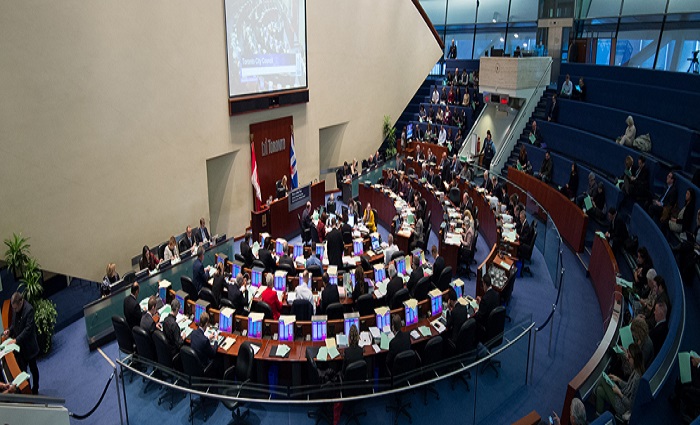

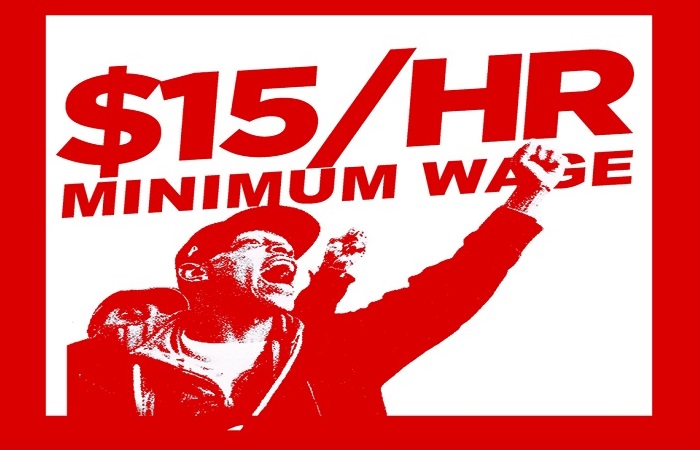

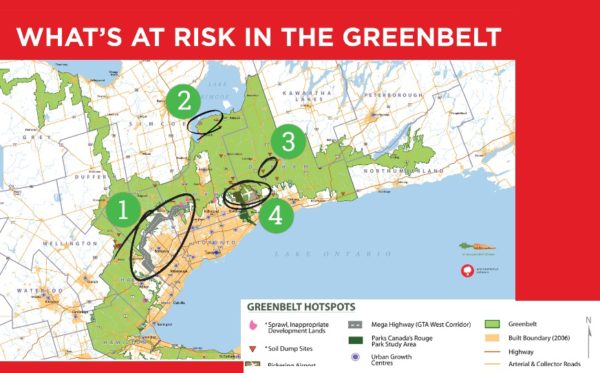











 “Citizens vote, not corporations,” says Schreiner. “Government policy should be focused on what’s good for the public. Even the perception that big money might have influence in securing special deals or driving policy decisions is bad for democracy. What about the 100 companies being given a free ride under the new cap-and-trade plan? Are any of them donors to the Liberal party?”
“Citizens vote, not corporations,” says Schreiner. “Government policy should be focused on what’s good for the public. Even the perception that big money might have influence in securing special deals or driving policy decisions is bad for democracy. What about the 100 companies being given a free ride under the new cap-and-trade plan? Are any of them donors to the Liberal party?”


